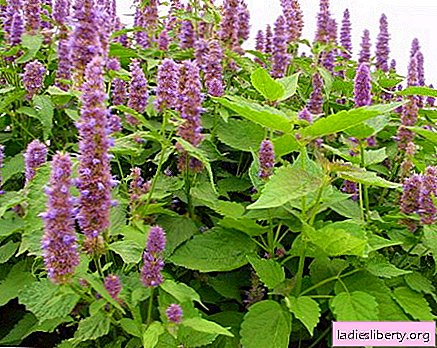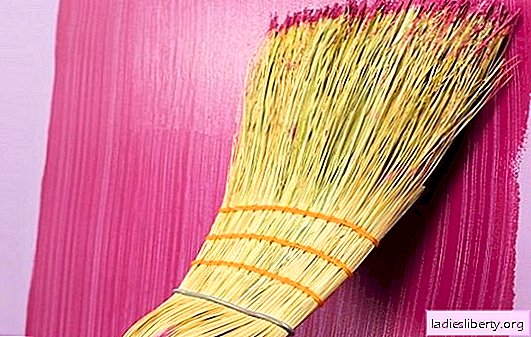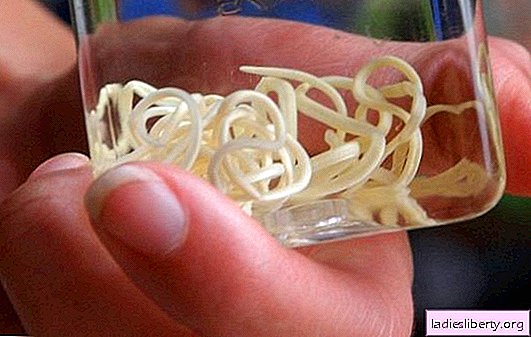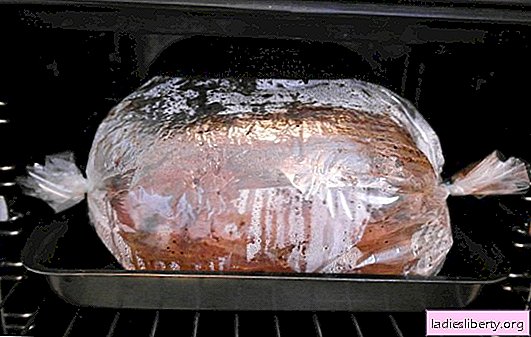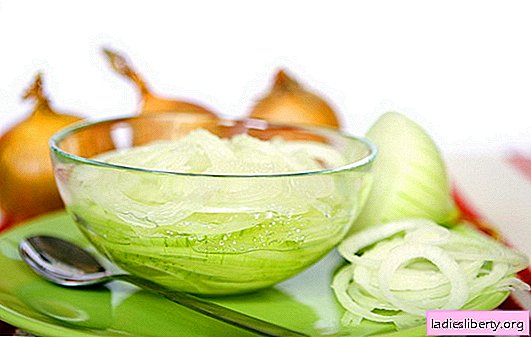
Coreopsis flower is a perennial herb that resembles a chamomile or ornamental sunflower.
The shrub is quite unpretentious, blooms to frost. Let's find out how to properly plant coreopsis so that it pleases the eye for many years.
How to plant Coreopsis seeds
Growing coreopsis from seeds is the easiest way that gardeners love so much. Landing can be carried out in autumn or early spring. In regions with a cold climate, it is better to use the seedling method.
Coreopsis planting in the winter
In regions with a mild climate, sowing of seeds is carried out in the fall. This method has its advantages:
• germination rate of almost 100%;
• flowering occurs earlier.
Consider that the plant is perennial, which means that it will be grown for more than one year in one place, prepare the soil for sowing in advance. Dig a site with mineral fertilizers.
Before planting, the bed is well drained and leveled. Since the seeds of coreopsis are large, evenly distribute them is not difficult. For the normal development of seedlings, leave 20 cm between them.
Advice! To prevent seeds from rotting, plant them dry, and do not water the garden bed.
How to plant coreopsis in spring
You can sow seeds in early spring. If weather permits, then sowing is carried out in early April. But in different regions, the timing can vary significantly.
Landing rules are the same as in the fall. The first shoots can be seen after a few weeks. But flowering, most likely, will come only next year.
Advice! If there are slight frosts at night, but cover the tender shoots with lutrasil or spanbond.
Planting Coreopsis seeds for seedlings
In the northern regions and where the summers are short and cold, it is better to grow shrubs through seedlings. To do this, the seeds are sown in a bowl in early March, when daylight hours increased.
Choose loose soil for growing seedlings, sanitize it with a potassium permanganate solution in advance, or pour it with phytosporin. In the seedling box, make holes for drainage of excess fluid, lay the drainage in a layer of 1-2 cm.
It is better to sow seeds on previously moistened and compacted soil, without deepening them. Then cover the box with a film to create a greenhouse effect. Shoots can be seen after 14-20 days.
Advice! To sprout seeds faster, add a growth stimulator to the water for irrigation.
Transplanting coreopsis seedlings in open ground and further care for the plant
Coreopsis is unpretentious, an adult plant tolerates frosts, drought and winter without shelter. But it does not hurt to know the basic principles of caring for him.
First of all, you need to choose the right place for further cultivation. Take a well-lit, sunny area under the landing, as in the shade the bush feels bad. It is good if there is a fence or border nearby so that the bush does not suffer from a draft.
The bed is dug up since the fall, introducing organic or mineral fertilizers. A distance of 30 cm is left between the holes. Coreopsis is transplanted into the open ground during flowering. Take care of supports for tall specimens.
Caring for coreopsis is simple. The plant belongs to drought-resistant species, but still you do not need to forget about it. With timely watering, flowering will be plentiful and long.
Important! If the shrub is grown as a potted plant, then watering is carried out only after the soil has completely dried in the container.
It is important when growing in open ground to feed a flower. During flowering, organic fertilizers are used. In spring, the soil around the bush is mulched with compost, which serves as additional fertilizer. After the autumn cut, coreopsis is fed with a solution of mineral fertilizers in a small dose.
Pruning is an essential part of coreopsis care
Competent pruning of shrubs will help prolong flowering, and stimulate the appearance of new baskets. In summer, during flowering, be sure to remove dry inflorescences with scissors. Shoot the shoots slightly.
Coreopsis blooms to frost, but as soon as the plant ceases to form new inflorescences, its leaves begin to fade, then the shoots should be cut. A haircut is done necessarily, cutting off all shoots at a level of 10 cm.
In this state, coreopsis hibernates without shelter, but bare roots spud and add humus. In spring, young shoots grow, on which buds soon appear.
Advice! In the northern regions of the country, the shrub is additionally covered with spruce branches or dry foliage.
Methods of reproduction of adult coreopsis
An adult bush can be propagated in two proven ways:
• division of rhizomes;
• green cuttings.
The division of rhizomes begins in early spring, March-April, when the soil thawed. The bush is carefully dug up, the rhizome is freed from the ground and divided with a sharp knife into dividers with kidneys. New plants are planted immediately in a permanent place, where they are looked after according to the above scheme.

Rhizome division is a simple and affordable way to reproduce. Young plants quickly take root in a new place, flowering occurs in the first year of cultivation.
Coreopsis propagated by green cuttings in early summer, June-July. To do this, cut healthy shoots 10 below the internode. Pots with fertile loose soil are prepared in advance, where the cuttings are planted. Boxes are cleaned in the shade, you can just leave them in the garden under the bushes. Coreopsis is watered well, to the complete rooting of the seedlings. Young plants bloom next year.
Pest and Disease Control
Coreopsis is quite resistant to diseases and pests, but even with good care, there is a risk of damage. The gardener should notice the first signs of pests in order to start treatment on time.
Of the diseases, most often the bush is affected. rust and fusarium. Carefully inspect the flower, tear off all the affected leaves, prepare a spray solution with fungicides. If, after spraying, the bush is again affected by diseases, then it is destroyed. The landing site is disinfected.
If coreopsis is affected viral infection, then the tops are folded into a tube, and the flower noticeably lags in growth. In this case, the diseased plant is removed.
In rainy summer, coreopsis is amazed aphids, caterpillars or bugs. From aphids, the shrub is treated with a solution of insecticides. In case of a weak lesion, they are sprayed with tobacco or garlic infusion, where they add laundry soap for better adhesion of the liquid. But beetles and caterpillars will have to be collected manually, since spraying from them helps a little.
So, planting coreopsis is simple. For good care, the plant will thank the lush and long flowering.
Tall varieties are used to decorate the garden, they are planted in the background. Some gardeners grow coreopsis for cutting, as its flowers stand in a vase for a long time. Low-growing varieties are planted in groups along the edge of the flower garden or in the foreground.


